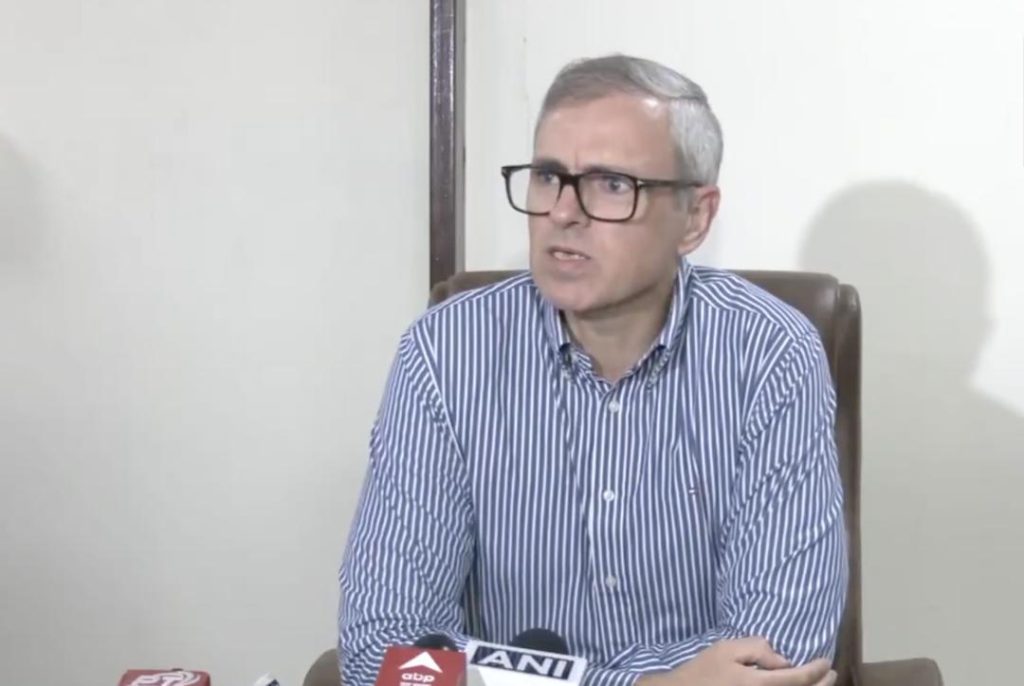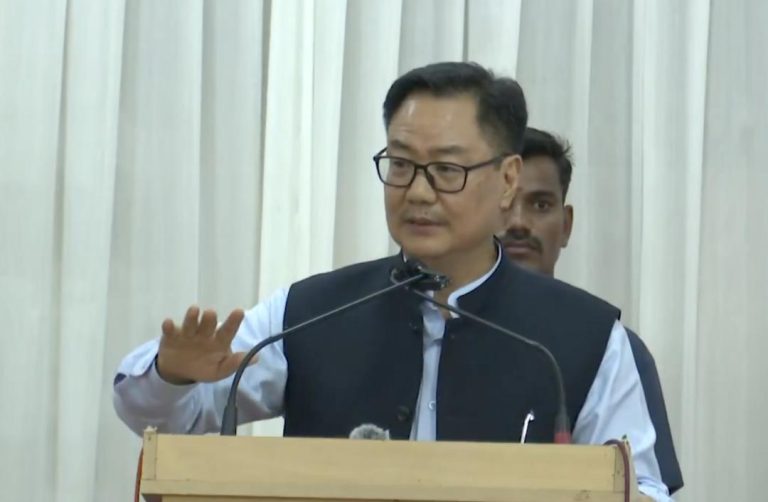
Why Should I Send Water to Punjab?: J&K CM on Canal Proposal
The debate over the sharing of water resources between Jammu and Kashmir and other states in the country has once again come to the forefront. Recently, a proposal was made to construct a 113 km-long canal to redirect surplus water from three western rivers of the Indus system in J&K to Punjab, Haryana, and Rajasthan. However, Jammu and Kashmir Chief Minister Omar Abdullah has expressed his reservations over the proposal, questioning the need to send water to Punjab. In this blog post, we will delve into the issue and explore the reasons behind the CM’s concerns.
According to reports, the proposed canal is aimed at providing water to the water-scarce regions of Punjab, Haryana, and Rajasthan. The idea is to utilize the surplus water from the Chenab, Ravi, and Beas rivers, which originate from Jammu and Kashmir, to irrigate the parched lands of these states. However, CM Omar Abdullah has rejected the proposal, citing the Indus Waters Treaty signed between India and Pakistan in 1960.
Under the treaty, Pakistan was allocated the waters of three eastern rivers – Sutlej, Beas, and Ravi – while India was allocated the waters of three western rivers – Indus, Jhelum, and Chenab. Punjab, being a major beneficiary of the Indus Waters Treaty, has been receiving water from the Chenab and Ravi rivers, which flow through the state. CM Abdullah has questioned the need to send water to Punjab, stating that the state already receives a significant amount of water under the treaty.
“Why should I send water to Punjab?” Abdullah asked, adding, “Punjab already has water under the Indus Waters Treaty. Did they give us water when we needed it?” His comments have sparked a debate over the sharing of water resources, with many arguing that J&K has a moral obligation to share its water resources with other states.
However, CM Abdullah’s concerns are not unfounded. Jammu and Kashmir has been facing water scarcity issues in recent years, with the state’s water resources being heavily exploited by both India and Pakistan. The state’s water crisis is exacerbated by the fact that it is home to some of the most fertile and productive agricultural land in the country, making it a vital region for India’s food security.
Moreover, the construction of the proposed canal would require significant investment and would likely have environmental and social impacts on the region. The canal would need to be built across the Chenab river, which would require the displacement of thousands of people living in the affected areas. Additionally, the canal would also have significant environmental impacts, including the destruction of natural habitats and the disruption of the region’s fragile ecosystem.
Furthermore, CM Abdullah has also raised concerns over the lack of transparency and consultation in the proposal. The proposal was made by the Union Ministry of Water Resources without consulting the J&K government, which has raised questions over the intentions behind the proposal. Abdullah has demanded that the Centre must hold discussions with the state government and involve it in the decision-making process.
In conclusion, the debate over the sharing of water resources between Jammu and Kashmir and other states is complex and multifaceted. While Punjab’s water crisis is a pressing issue that requires attention, it is equally important to consider the water needs of Jammu and Kashmir. The proposed canal proposal has raised concerns over the lack of transparency and consultation, as well as the potential environmental and social impacts on the region.
It is imperative that the Centre and the J&K government engage in meaningful discussions to find a solution that benefits all parties involved. The sharing of water resources must be done in a transparent and equitable manner, taking into account the needs of all stakeholders. As CM Abdullah has said, “Why should I send water to Punjab?” The answer lies in finding a solution that balances the water needs of all regions and ensures the long-term sustainability of the region’s water resources.






